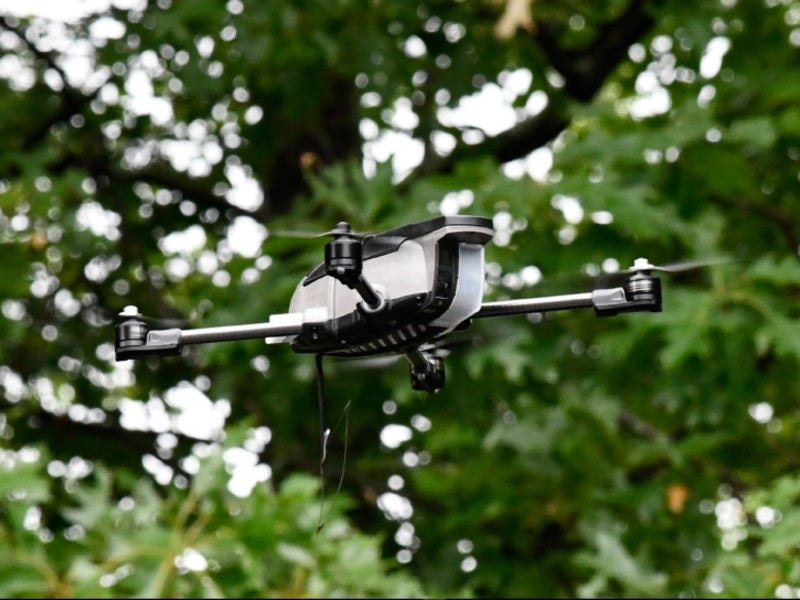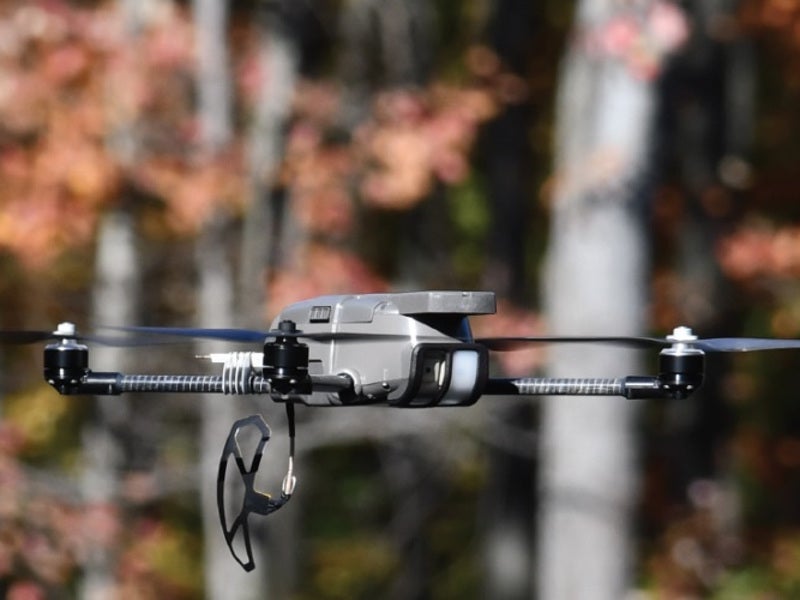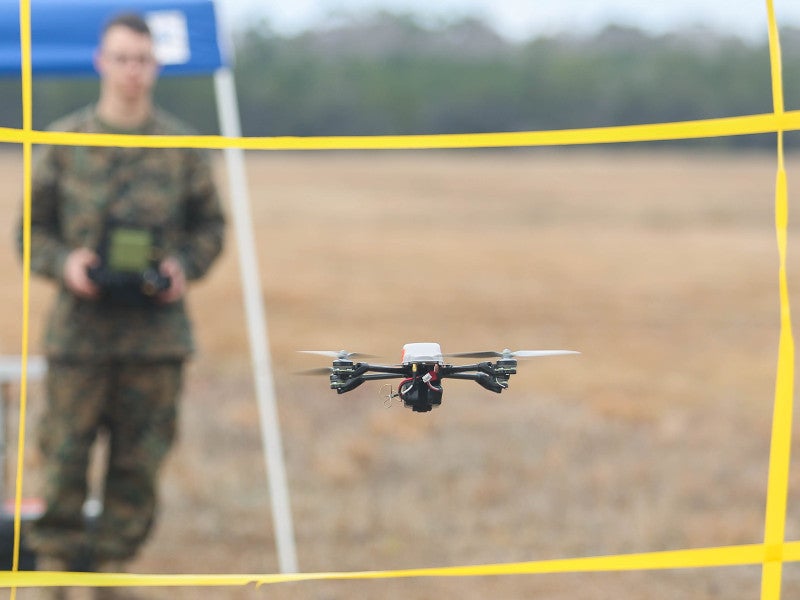InstantEye Mk-3 series of small unmanned aerial systems (SUAS) is being offered by InstantEye Robotics, a division of Physical Sciences. It is an upgraded version of the combat-proven InstantEye Mk-2 SUAS series.
The InstantEye Mk-3 class is intended to support a range of missions including near real-time intelligence, surveillance, and reconnaissance (ISR), close area target reconnaissance (CATR), communications relay (ANW2C), chemical / radiological detection, and payload delivery during counter-IED missions.
In January 2019 InstantEye Robotics rolled out InstantEye Mk-3 GEN4-D1 SUAS, the latest variant in InstantEye Mk-3 series.
The Defense Logistics Agency (DLA) placed a contract with InstantEye Robotics to deliver 64 Mk-3 systems for the Small Tactical Unmanned Aircraft Systems Program Office (PMA-263), in November 2018.
InstantEye Mk-3 variants
The InstantEye Mk-3 series includes Mk-3 GEN5-D1/D2, Mk-3 GEN4-D1/D2, Mk-3 GEN4-E1, and Mk-3 GEN3-D1/D2 unmanned aircraft systems.
InstantEye Mk-3 GEN5-D1/D2 is the smallest UAS in the class. It weighs less than 9oz and can carry a maximum payload of 1oz. The SUAS offers a line of sight (LOS) range of up to 1.5km and endurance of more than 15 minutes.
The Mk-3 GEN4-D1/D2 and Mk-3 GEN4-E1 weigh 3lb and 3.5lb respectively and have a maximum payload capacity of is 3lb each. The Mk-3 GEN3-D1/D2 is a mid-sized SUAS weighing 1.2lb and having a maximum payload capacity of 0.67lb. It has a LOS range of 4km and can endure airborne for up to 30 minutes.
InstantEye Mk-3 design and features
The InstantEye family of high-performance unmanned aerial systems offer low visual and acoustic signatures. The tiny systems can be hand launched and recovered by a single operator in all weather conditions.
The vertical take-off and landing (VTOL) aircraft features four arms that extend from the fuselage section. Each arm is fitted with a rotor, which develops enough thrust for the take-off and forward flight of the SUAS.
InstantEye Mk-3 payloads
The Mk-3 SUAS is equipped with an integral gimbal housing electro-optical (EO)/infrared (IR) cameras.
The unmanned aircraft supports the integration of plug-and-play payloads such as gimbaled pod with longwave infrared (LWIR) sensors and thermal imaging systems to capture images in day/night and low-light conditions.
Navigation and communications
Members of the InstantEye Mk-3 SUAS family feature all-digital data communications and data encryption technology. The state-of-the-art navigation and communication systems aboard the SUAS enable vision-based navigation, GPS-denied navigation, and enhanced video processing.
The unmanned aerial vehicles use a networked military software-defined radio to communicate with the soldiers equipped with a remote video terminal (RVT).
Ground control station
InstantEye Mk-3’s ground control station (GCS) integrates a tactical sensor controller (TSC) and a ruggedised GCS display or tablet, while the base system includes four aircraft/VSM batteries, a battery charger, a spares kit, a transport case, and an optional field case.
The tablet computer is equipped with a two-hand controller, which is similar to that of the combat-proven Mk2 systems. It enables the operator to capture and review still images during flight and plan waypoint missions.
The base system can store two unmanned aircraft, which can be deployed within one minute to support customer-specific missions.
InstantEye Mk-3 performance
The Mk-3 series is powered by an electric propulsion system integrating four motors driving four two-bladed rotors.
The electric power plant allows the SUAS to fly at a maximum altitude of 12,000ft and attain a maximum speed of more than 56km/h.




